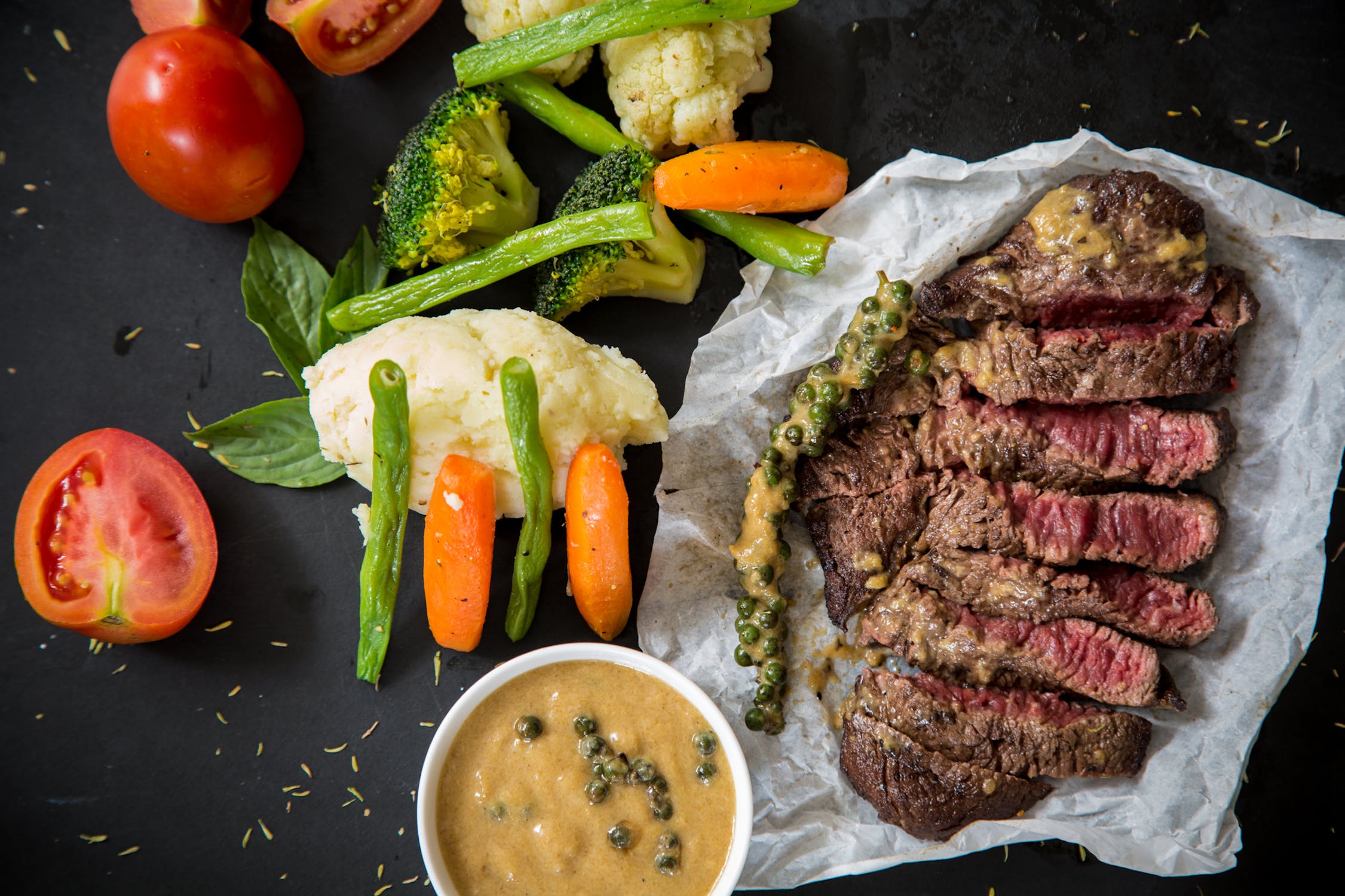
22 Apr MEATPACKING AND MEAT PRODUCTS: NEW TRENDS AND INNOVATIONS
The meat packing and products industry has come a long way since the days of Upton Sinclair’s The Jungle. Today, concerns about sustainability, food safety, and technological advancements are giving the industry a major overhaul. As the global population continues to grow, and the demand for protein-rich foods rises, meat producers must adapt to meet these hurdles. So without further ado, ladies and gentlemen, we figured we’d tackle the future of meat packing and products as a topic of discussion for your education and entertainment.
Case in point: Traditional meat processing methods often involve large, energy-consuming facilities that can generate significant waste and greenhouse gas emissions. In recent years, however, innovative technologies have emerged to address these concerns. One such innovation is high-pressure processing (HPP). This technique uses pressure to inactivate harmful bacteria and extend the shelf life of meat products without the need for preservatives or chemical additives. The result is a safer and fresher product with minimal impact on taste and texture.
The use of robotics and automation is growing throughout the field as well, just in case you’d missed it. Such cutting-edge offerings can help streamline production, improve accuracy, and reduce the risk of contamination. For example – robots can be used to perform tasks such as cutting, deboning, and packaging, resulting in increased efficiency and a safer working environment for employees.
As the demand for protein-rich foods continues to grow, alternative protein sources are becoming increasingly popular as well. Two notable examples are plant-based and cell-cultured meats.
Plant-based meats have been steadily gaining traction too, as you’ve doubtless seen in recent years, with companies like Beyond Meat and Impossible Foods leading the charge. These products are made from plant proteins, such as soy and peas, and are designed to mimic the taste and texture of traditional meat. While still a small percentage of the overall meat market, plant-based meats are projected to grow rapidly in the coming years due to increased consumer awareness of the environmental and health benefits.
Cell-cultured meat, also known as lab-grown or cultured meat, is another alternative protein source with significant potential. This process involves cultivating animal cells in a lab setting and using them to grow muscle tissue, resulting in a product that is biologically identical to conventional meat. While still in its early stages, cell-cultured meat has the potential to revolutionize the meat industry by reducing the need for large-scale animal agriculture, decreasing greenhouse gas emissions, and improving animal welfare.
Sustainability is (of course) a key concern for the future of the meat packing and products industry to boot. Companies are increasingly adopting environmentally friendly practices, such as waste reduction, energy efficiency, and water conservation.
For instance – the use of anaerobic digestion systems. These systems convert organic waste from meat processing into biogas, which can be used to generate electricity or heat. This not only helps reduce waste but also provides a renewable energy source for the facility.
Another essential aspect of sustainability is the humane treatment of animals. Companies are increasingly adopting higher animal welfare standards, including cage-free and free-range systems, as well as ensuring access to natural light and appropriate living conditions. These practices not only improve animal welfare but can also lead to a higher-quality product.



